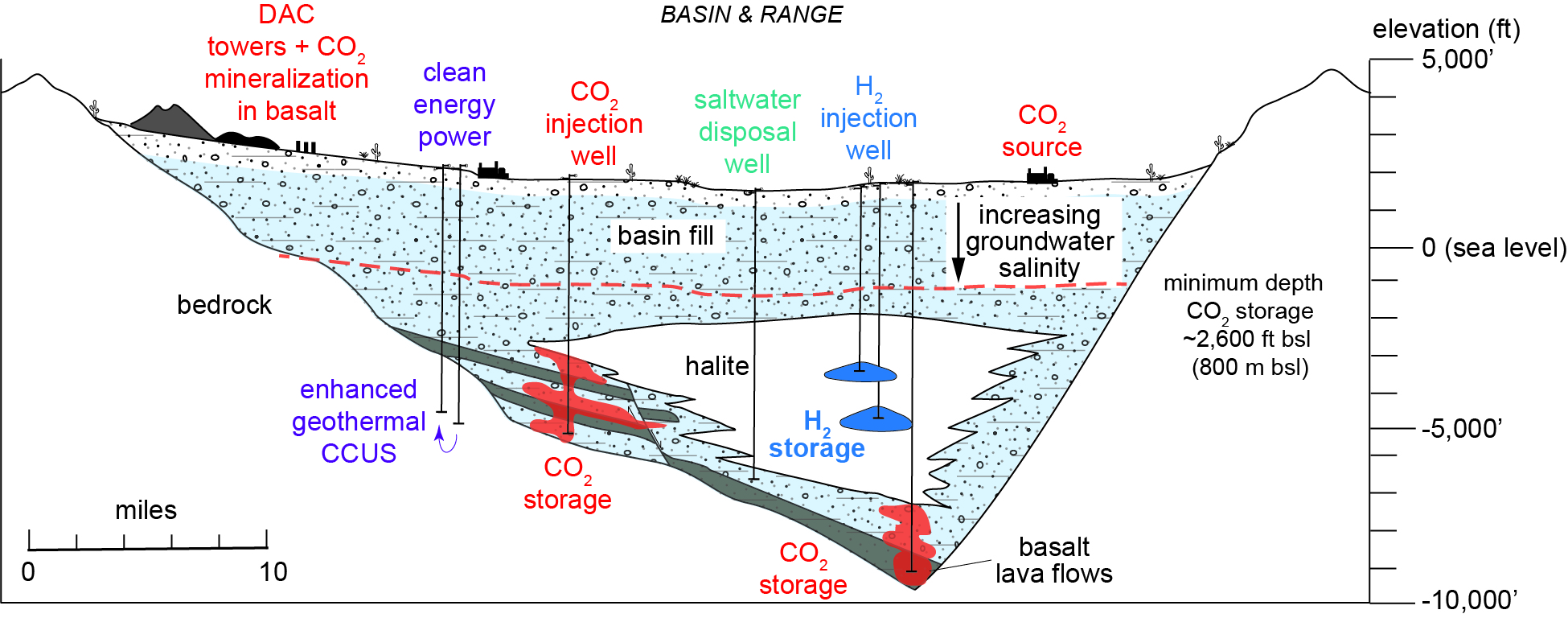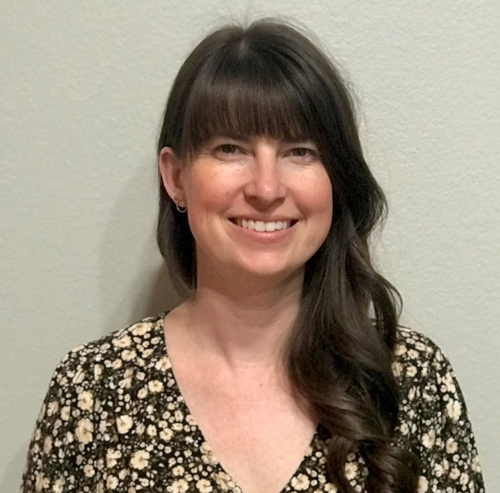Arizona Geological Society
Speaker Series -2022
Perspectives on a Carbon Storage Ecosystem Built from Distributed CO2 Sequestration Resources in Arizona
by
Brian Gootee, Lisa Thompson and Tawnya Wilson
All at Arizona Geological Survey
Time | Date: 6:30 p.m. (MST) 6 December 2022
ZOOM url: https://arizona.zoom.us/j/83838511302 (opens at 6:15 p.m.)
Passcode: ags2022
One tap mobile: +16027530140 | 83838511302# US (Phoenix)

Harquahala Cover
Abstract: Permanent subsurface carbon storage has traditionally focused on geologic sites that have large potential storage volumes near CO2 point sources and existing pipeline infrastructure. The Arizona Geological Survey (AZGS) has been investigating these types of carbon capture and storage (CCS) sites in Arizona since the early 2010s as part of U.S. Department of Energy (DOE) programs and regional initiatives, most recently the Carbon Utilization and Storage Partnership (CUSP). Carbon storage in Arizona has low risk because the state has minimal seismicity and is largely rural. However, CCS advancement in Arizona remains relatively new, due to the lack of deep, high quality subsurface data needed to identify seals and address challenges related to water salinity and availability. Arizona has abundant carbon storage potential throughout the state, including in 57 sufficiently deep (>800 m) Cenozoic sedimentary basins in the Basin and Range/Transition Zone and in Paleozoic & Mesozoic strata within the Colorado Plateau. Basin and Range CO2 storage is untested, but individual basins contain 100s km3 of porous & permeable clastic rocks, many with interbedded evaporite deposits and mafic volcanic rocks. More recently, AZGS has begun investigating carbon storage in non-traditional geologic resources to make CCS more accessible and distributed throughout the state. We envision a carbon storage ecosystem that includes multiple facets of carbon capture, carbon storage, and economic or industrial carbon use that will facilitate America’s energy transition and benefit disadvantaged communities in the region. Potential CCS in Arizona can include: (1) long-term CO2 storage in stacked saline and mafic rock reservoirs, (2) blue, green, and/or pink hydrogen production with CO2 capture and storage in stacked saline and mafic rock reservoirs near point sources, (3) combining Direct Air Capture (DAC) technology with in-situ and ex-situ mafic rock mineralization at a local-distributed scale, (4) using CO2 for enhanced gas recovery, and (5) sequestration via geothermal utilization. Early public outreach to address perceived and real costs/benefits of a carbon storage ecosystem will be essential to gain public support for these efforts.

 Bio: Brian Gootee: Brian has 25 years of experience in the fields of geology, hydrogeology, and environmental geology in the Southwest, Texas, Alaska, and Antarctica. He received his M.S. and B.S. in geology from Arizona State University. Brian currently specializes in basin analysis, Quaternary geomorphology, and Geoscience outreach throughout Arizona. Brian has also several years of experience as an adjunct professor with Mesa Community College and currently teaches field-based geology classes with Scottsdale Community College.
Bio: Brian Gootee: Brian has 25 years of experience in the fields of geology, hydrogeology, and environmental geology in the Southwest, Texas, Alaska, and Antarctica. He received his M.S. and B.S. in geology from Arizona State University. Brian currently specializes in basin analysis, Quaternary geomorphology, and Geoscience outreach throughout Arizona. Brian has also several years of experience as an adjunct professor with Mesa Community College and currently teaches field-based geology classes with Scottsdale Community College.
 Lisa Thompson: Lisa has a broad geological background and more than a decade of experience in geologic mapping, cartography, GIS, volcanology, sedimentology, and teaching & pedagogy. For 10 years, she taught and mentored undergraduate students at Northern Arizona University in GIS, geologic field methods, geologic disasters, and volcanology. Lisa is deeply interested in studying all things related to volcanoes, particularly water/lava/sediment interactions in shallow marine, fluvial, and lacustrine depositional environments.
Lisa Thompson: Lisa has a broad geological background and more than a decade of experience in geologic mapping, cartography, GIS, volcanology, sedimentology, and teaching & pedagogy. For 10 years, she taught and mentored undergraduate students at Northern Arizona University in GIS, geologic field methods, geologic disasters, and volcanology. Lisa is deeply interested in studying all things related to volcanoes, particularly water/lava/sediment interactions in shallow marine, fluvial, and lacustrine depositional environments.
 Tawnya Wilson: Tawnya is a geoscientist with a background predominantly in development geology in the oil & gas industry and reservoir characterization for water disposal in the energy sector within the Permian Basin of West Texas. Her expertise lies in basin and borehole analysis, stratigraphy and sedimentology, geophysical log and seismic interpretation, and subsurface geologic mapping. She is currently leveraging those skills at AZGS for basin-wide geologic investigations related to long term subsurface carbon sequestration, among other things.
Tawnya Wilson: Tawnya is a geoscientist with a background predominantly in development geology in the oil & gas industry and reservoir characterization for water disposal in the energy sector within the Permian Basin of West Texas. Her expertise lies in basin and borehole analysis, stratigraphy and sedimentology, geophysical log and seismic interpretation, and subsurface geologic mapping. She is currently leveraging those skills at AZGS for basin-wide geologic investigations related to long term subsurface carbon sequestration, among other things.